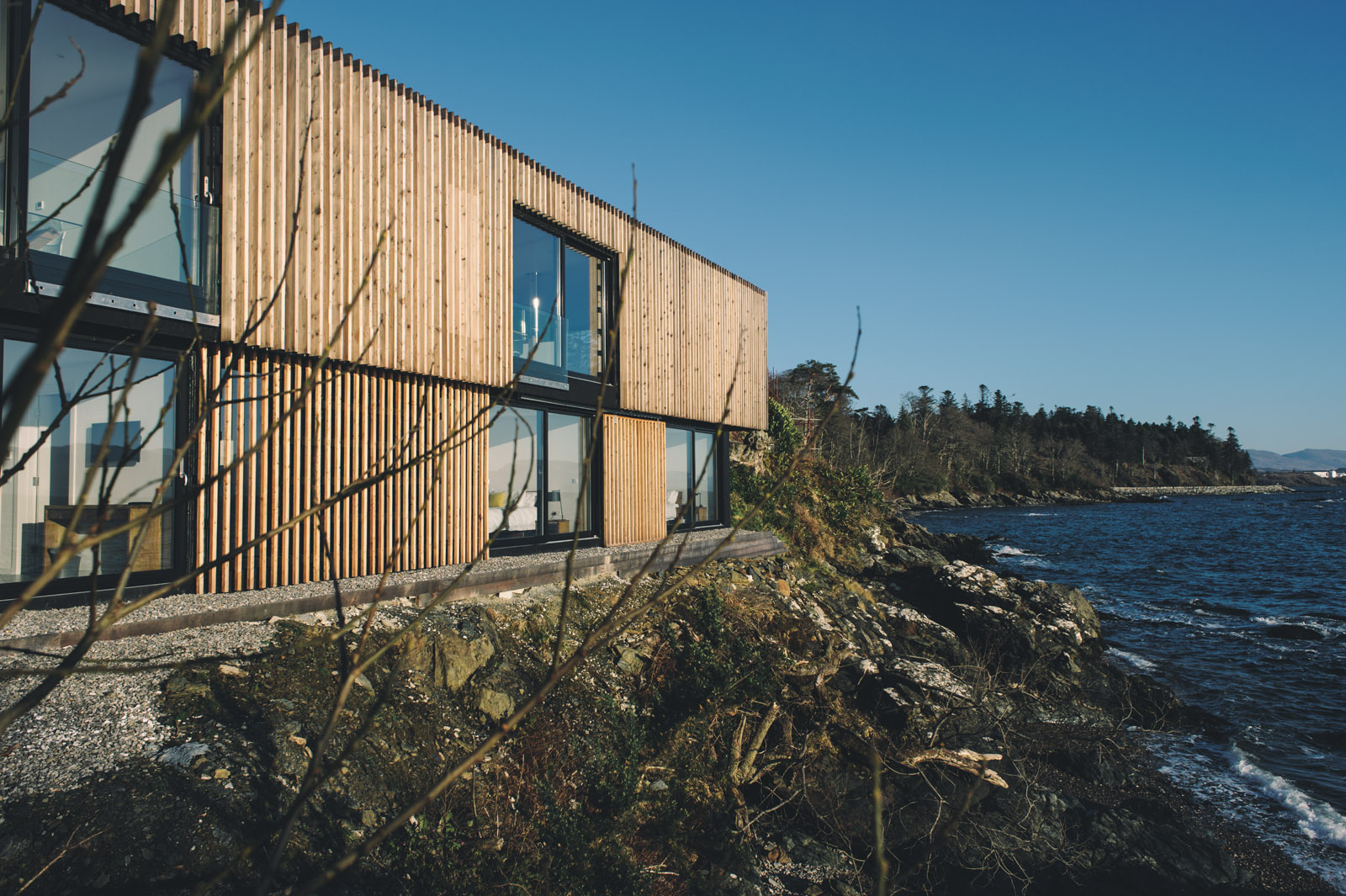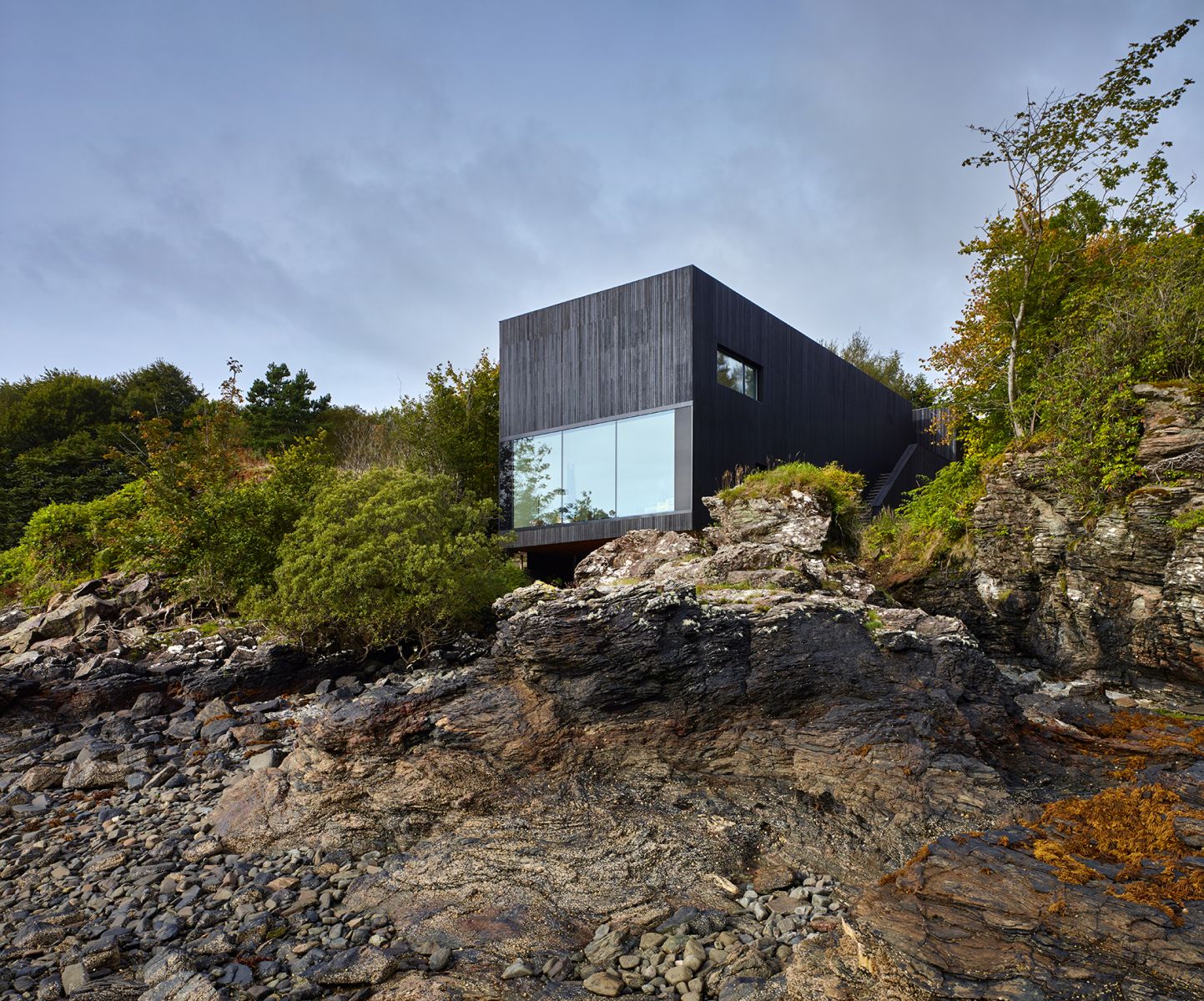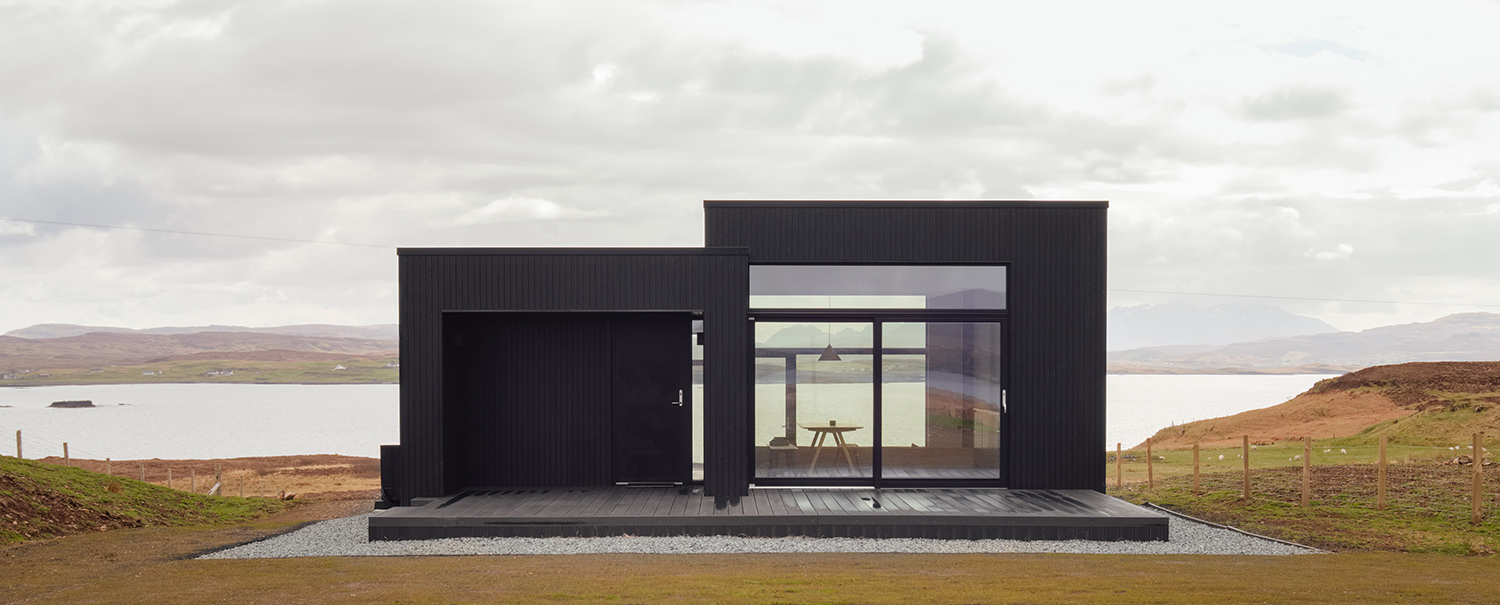Contemporary architecture refers to the architecture of the present day. It's also sometimes referred to as modern or modernist architecture.
The style of architecture developed around the mid-20th century, post-World War II, and has continually developed up and into the present day, with buildings becoming increasingly taller, more advanced and more high-tech as technology and construction methods also evolve.
This guide briefly explains the history of contemporary architecture before discussing the characteristics, benefits and drawbacks of this modern style of construction. You’ll also discover some notable examples of contemporary architecture and better understand how architecture styles and practices have shaped the world that we live in.
Characteristics of contemporary architecture
Contemporary architecture refers to the architectural styles and designs that have developed from the early 20th century to the present day.
Some of the main characteristics of contemporary architecture are:
- Its emphasis on simplicity
- Improved functionality
- The use of new technologies and materials.
- A focus on sustainability (in the last ten – twenty years)
Before the contemporary architecture movement, focus was very much on grand designs, the use of ornaments and creating lavish buildings that looked impressive but were not always the most functional or appropriate.
So, how did the colonial revival movement of the early 1900s transform into the contemporary architecture of today?
A brief history of contemporary architecture
One of the key movements that contributed to the development of contemporary architecture was the International Style, which emerged in the 1920s and 1930s. This movement was characterized by its focus on clean lines, the use of glass, steel, and concrete, and the rejection of traditional ornamentation. The work of architects such as Le Corbusier, Ludwig Mies van der Rohe, and Walter Gropius was particularly influential in this movement.
In the 1950s and 1960s, a new generation of architects began to emerge who sought to break away from the strict functionalism of the International Style. This led to the development of what is known as the "New Brutalism," which was characterized by its raw concrete forms, exposed structural elements, and rough textures. This movement was led by architects such as Alison and Peter Smithson and Paul Rudolph.
In recent years, there has been a renewed interest in sustainable design and the use of green technologies. This has led to the emergence of "green architecture," which aims to reduce the environmental impact of buildings through the use of renewable energy sources, energy-efficient systems, and other sustainable design strategies.
This brief history shows that contemporary architecture is a diverse field that has evolved over the past century to include a wide range of styles and approaches. This evolution has been key in developing some of the world’s most famous and renowned buildings.
The evolution of contemporary architecture
Contemporary architecture has evolved significantly over the past century, shaped by a range of technological, social, cultural, and environmental factors.
One of the key technological advancements that has influenced contemporary architecture is the development of new materials and building techniques.
This has allowed architects to create new forms and spaces that were previously impossible, such as long-span structures and buildings with large, uninterrupted floor plates. Advancements in computer-aided design (CAD) and building information modeling (BIM) have also allowed architects to create more complex and accurate designs, while construction methods such as prefabrication and modular construction have made it easier to build structures quickly and efficiently.
Social and cultural changes have also played a significant role in the evolution of contemporary architecture.
The rise of urbanization and the need for affordable housing in the early 20th century led to the development of new forms of housing such as the apartment block and the skyscraper. Similarly, the feminist movement of the 1970s led to a renewed focus on accessibility and the needs of marginalized groups in architectural design. The focus on social equity and the inclusive design has still significance today.
More recently, environmental concerns have played a bigger role in the evolution of contemporary architecture. The rise of environmentalism in the 1970s led to a renewed focus on sustainable design and the use of green technologies. This has led to the development of "green architecture," which aims to reduce the environmental impact of buildings through the use of renewable energy sources, energy-efficient systems, and other sustainable design strategies.
Architects and designers are increasingly considering the whole life cycle of the building materials and its energy consumption, water management and indoor environment quality in order to create a more sustainable future.
Overall, the evolution of contemporary architecture has been shaped by a complex interplay of technological advancements, social and cultural changes, and environmental concerns. These factors have all played a key role in shaping the way we design and build our built environment today.

Notable examples of contemporary architecture
The construction of taller, more functional buildings is truly something to marvel at. Despite the great designs of centuries past, contemporary architecture has no rival when it comes to producing high-rise buildings and sky scrapers.
In fact, all twenty of the world’s tallest buildings were built after the turn of the 21st century, with the top ten of the world’s tallest buildings being completed during or after 2010. This just goes to show the grand new heights that cotemporary architecture has achieved in a relatively short space of time.
One of the most iconic examples of contemporary architecture would be the Burj Khalifa, which is the tallest building in the world and located in Dubai, United Arab Emirates. The Burj Khalifa was completed in 2010 and its sleek, slim and shiny glass build encapsulates many of the defining characteristics of modern architecture.
Other notable examples of famous contemporary buildings include:
- The Guggenheim Museum Bilbao in Spain
- The CCTV Headquarters in Beijing, China
- The One World Trade Center in New York City, USA.
Although not quite as tall, Dualchas Architects also produce stunning contemporary buildings, many of which are created in a sleek, modern design using a minimalistic approach that draws inspiration from the surrounding natural area.
We also put a firm focus on using sustainable, long-lasting materials so that our buildings are thermal efficient, durable and will last for many, many years to come.
If you’re eager to see some of our designs, please browse through our architectural projects to discover more.
Some of our notable contemporary designs to check at a glance are:
- The Black House on the Isle of Skye – a residential project that won multiple awards.
- Traigh Uige Restaurnt on the Isle of Lewis - a modern restaurant that uses wide glass walls to give an unobstructed view of the beautiful and expansive Traigh Uige beach.

The benefits of contemporary architecture
As we have learned, contemporary architecture has a firm emphasis on functionality, simplicity, and the use of new technologies and materials.
These core characteristics translate into advantages in a practical sense, particularly when it comes to flexibility and sustainability. With the advancements in technology and building materials, contemporary architects are able to create buildings that are not only visually striking and conveniently designed but also energy efficient and sustainable.
Some of the wider benefits of contemporary architecture include:
- Flexibility: Contemporary architecture often employs open floor plans and modular design elements, which can be easily adapted to changing needs and uses over time.
- Sustainability: Contemporary architects have an increasing focus on green technologies and sustainable design strategies, which can help to reduce the environmental impact of our built environment. The Vertical Forrest building in Milan is a prime example of a more sustainable and forward-thinking approach to construction.
- Innovative design: Contemporary architecture often seeks to push the boundaries of design and explore new forms and materials, which can lead to unique and visually striking buildings.
- Accessibility: Contemporary architecture often incorporates design elements that make buildings more accessible to people with disabilities and other marginalized groups. This was a rarity in buildings constructed before 1950.
Criticisms of contemporary architecture
Despite its many benefits, contemporary architecture is not without its criticisms.
Some common criticisms include that it can be overly focused on aesthetics at the expense of practical considerations and that costs can be extremely high without producing any reward for the common person.
Critics also feel that many contemporary buildings are disconnected from the cultural context and historical surroundings. Some feel modern buildings are overly simplistic, overly minimalist and lack the warmth and personality that buildings from eras gone by still possess.
Many feel that contemporary buildings do not have the same timeless quality of classical architecture, and that it may not stand the test of time.
Overall, some of the main criticisms of contemporary architecture are:
- High costs: Contemporary architecture often employs innovative design and construction techniques, which can make the building process more expensive.
- Difficulty of maintenance: The unconventional materials and design elements which are common in modern buildings can be difficult to maintain over time resulting in a shorter life-span compared to historical buildings.
- Aesthetics: Some people may find contemporary architecture to be unappealing or cold, which can be a drawback for commercial projects as it can be difficult to attract customers to the space.
- Misinterpretation of the design: Contemporary buildings are often considered as too different or too futuristic, creating a feeling of disconnection with its surroundings.
It's important to keep in mind that both the drawbacks and the benefits of contemporary architecture can vary depending on the specific project and context.
When it comes to our own design and build process, we always try to incorporate the natural surroundings into our design to avoid feelings of disconnect. We also work closely with our clients to create a vision that is agreed on by all.
Evaluating the specific needs and goals of a project and choosing an appropriate design solution to meet those goals is at the core of our working philosophy and helps us to bring out the benefits of modern design and avoid the drawbacks.

Looking to the future
As technology and construction methods continue to change and advance, the future of contemporary architecture will also move in various different directions.
Although we cannot predict the future, we expect contemporary architecture to have a firm focus on a few key areas:
- Increased focus on sustainability: As concerns about climate change and environmental degradation continue to grow, architects and designers are likely to place an even greater emphasis on sustainable design and the use of green technologies in their work.
- Use of digital technologies: As technology continues to advance, architects and designers are likely to make greater use of digital tools and technologies in their work, such as virtual and augmented reality, generative design, and artificial intelligence. These tools will allow architects and designers to explore new forms and spaces, test designs in virtual environments and optimize the building performance.
- Biophilic design: Incorporating elements of nature into design has been gaining popularity in the recent years and this trend is set to continue. Biophilic design focuses on creating spaces that connect people with nature, and is expected to be a key part of the future of architecture.
- Greater emphasis on social and community-oriented design: Architects and designers are expected to focus more on creating spaces that promote community, social engagement, and inclusivity. This can include designing buildings and spaces that are accessible to people of all ages, abilities, and backgrounds. Additionally, architects and designers will continue to explore ways of creating spaces that foster community engagement and support local economies.
With all this in mind, the future of contemporary architecture looks bright and positive. With an increasing focus on suitability and incorporating nature, we can expect buildings to become more durable and more attractive to live in. Digital design technologies will also help to eliminate teething issues, which will hopefully result in better designs and builds for all types of people.
Dualchas Architects are proud to be at the forefront of contemporary architecture and are very much looking forward to improving the way that we work on 2023 and beyond.

